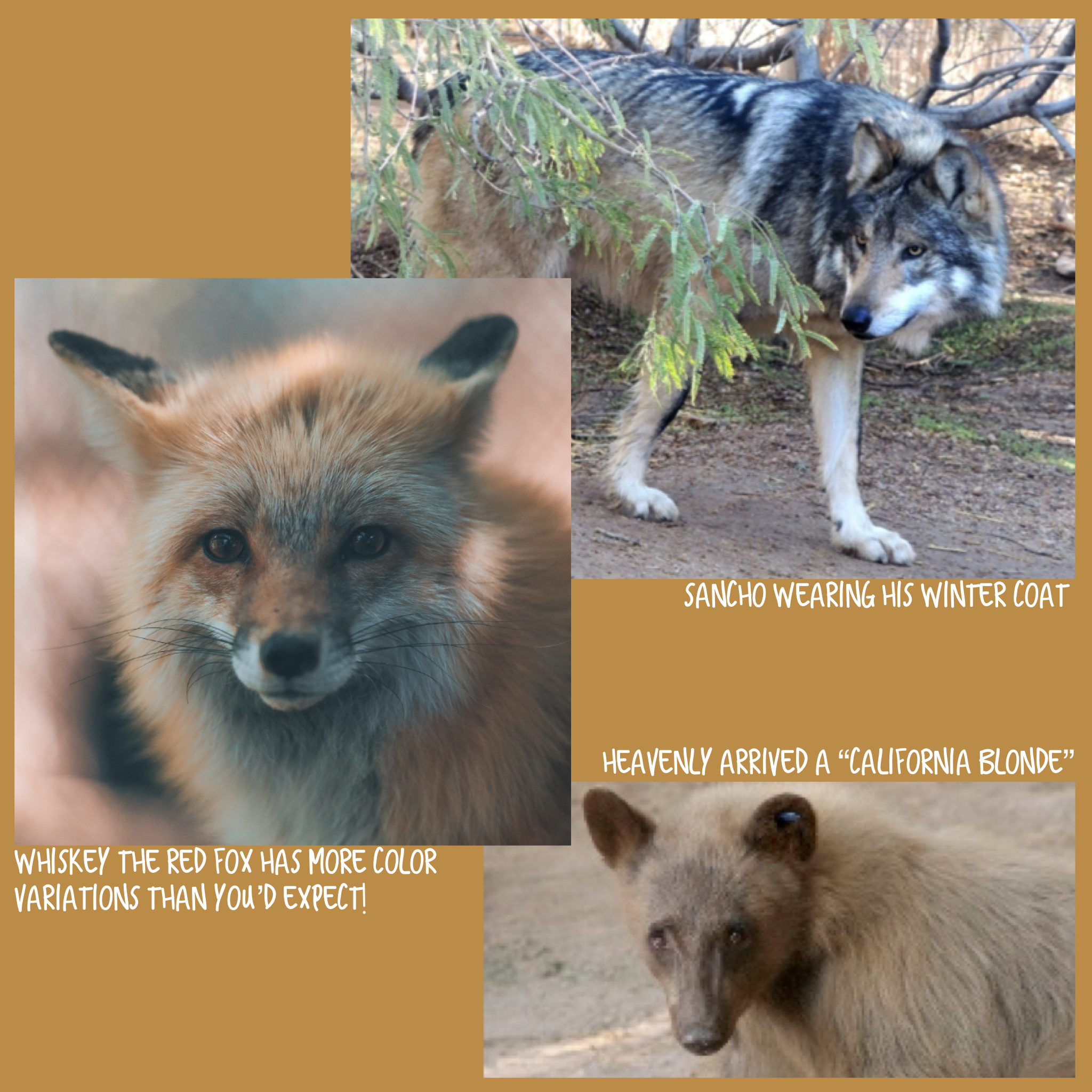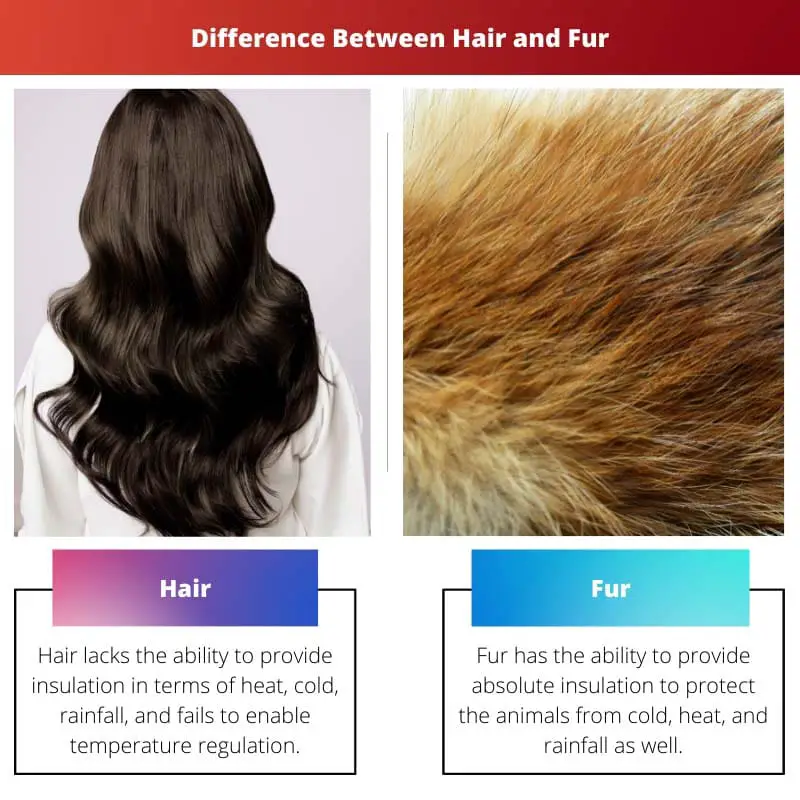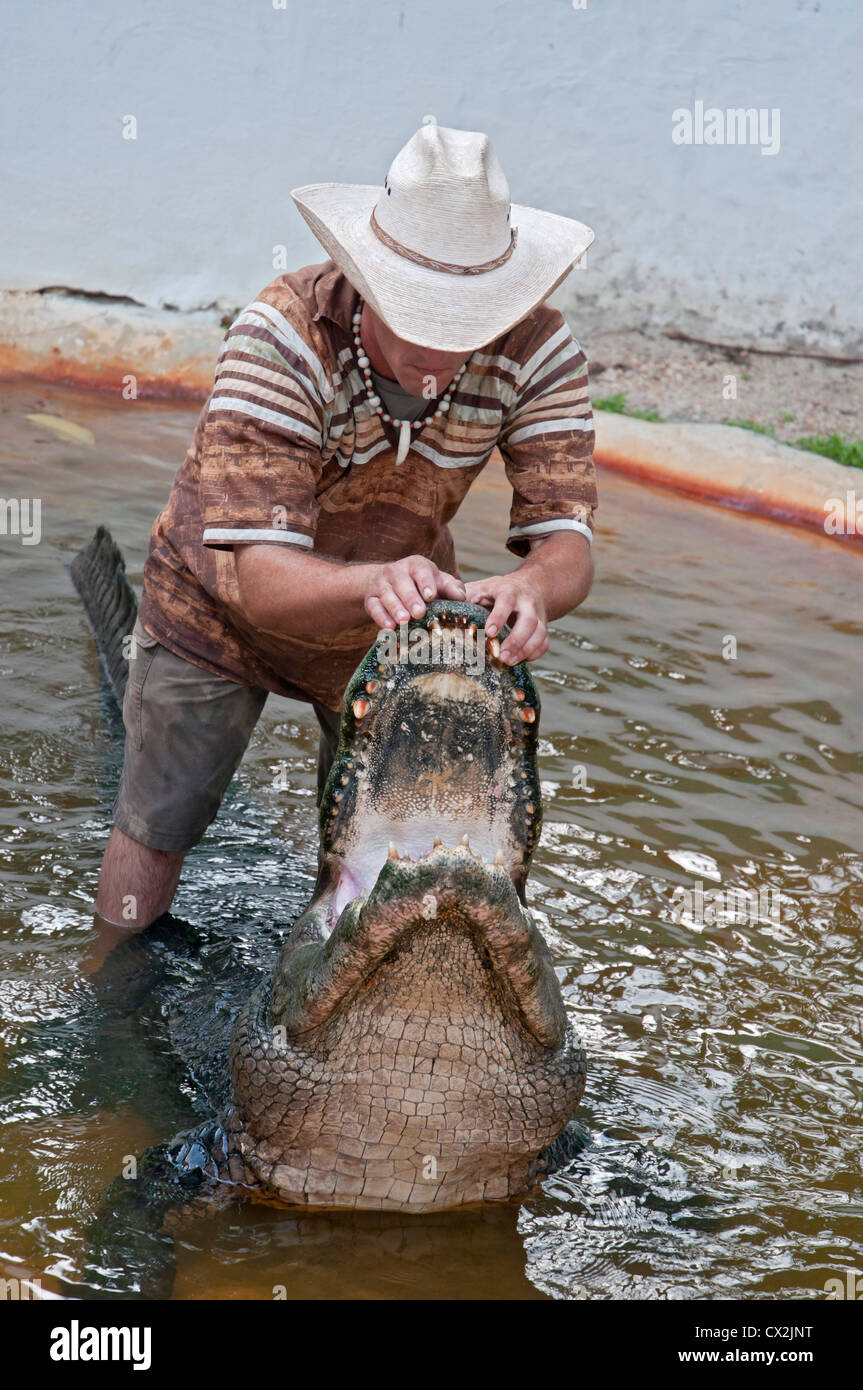Table Of Content

Since dog fur is so much thicker than dog hair, owners might consider boots for their dog’s paws to protect them from the elements to make sure they stay healthy. On the other hand, dog hair is comparable to human hair — with a silky and smooth texture. If your dog has hair, they will normally have a single-layer coat, in that, there will be no undercoat.

Wire Coats
The Oatmeal Pet Shampoo is formulated with aloe and oatmeal to soothe skin and hydrate the coat. The Pet Conditioner works at eliminating tangles and taming frizz and static. Both products are pH-balanced and formulated with pet-friendly ingredients, free of harsh soaps, chemicals, and dyes. Give this duo a try to heal and nourish your dog's coat, and leave them with an irresistible just-left-the-spa cucumber and aloe scent. His third category, “multi-length fur breeds,” describes dogs with both UDL and PDL traits.
Dog Hair vs Dog Fur – Differences and Similarities
This why many believe dogs like the Poodle to be hypoallergenic. The truth is there is no chemical difference between hair and fur. The reason there is a distinction is that there are some key differences when it comes to our four-legged friend\’s coat but not on the biochemical level. The real differences are the descriptions we use to categorize different dog\’s coats. Your dog’s coat health is important to their overall health and well-being.
Dogs and Fur: A Fine Distinction
Dogs with UDL coats have hair and include breeds like Afghan Hounds and Irish Terriers. The best way to figure out if your dog has hair or fur is to look at the differences. When it comes to dog hair versus dog fur, what is the difference? How often you bathe your dog depends on her coat and on her lifestyle. Typically, a dog can be washed about once a month, but keep a close eye on her coat’s oil or dryness so you don’t offset her coat’s natural balance. Dogs with oily skin and hairless breeds need to be bathed more often.
Hair is composed of keratin, a fibrous protein, and consists of multiple layers. When it comes to our beloved canine companions, we often wonder about the nature of their coats – do dogs have hair or fur? While these terms are often used interchangeably, there’s a subtle distinction between the two.
Bathing furry dogs less frequently is recommended to preserve the natural oils in their fur, ensuring its health and insulation properties. Contrary to popular belief, some dog breeds with hair, like Poodles and Schnauzers, are considered hypoallergenic due to their reduced shedding. Breeds with fur, on the other hand, are generally not considered hypoallergenic, as shedding and dander production can trigger allergic reactions. The term “fur” is typically used to describe the dense, thick coat found on animals, particularly mammals. Composed of numerous layers, fur protects against extreme temperatures, water, and injury.
The 5 Best Pet Hair Removers of 2024, Tested and Reviewed - PEOPLE
The 5 Best Pet Hair Removers of 2024, Tested and Reviewed.
Posted: Mon, 22 Jan 2024 08:00:00 GMT [source]
Hair vs Fur Dogs FAQs
While “fur” and “hair” may be used interchangeably, they are two separate terms used to describe a dog’s coat. Though fur and hair are chemically identical, the approach to caring for each coat type will differ as the texture can vary wildly. Dog owners should know what kind of coat their pup has so they know how to take care of it to keep it healthy. Contrary to popular belief, dogs with hair aren’t inherently hypoallergenic.
This is because hair tends to be coarser and will hold onto allergens better than fur. For example, Poodles are often regarded as one of the best hypoallergenic dog breeds because their tight, curly hair captures allergens much better than fur. The most important thing to know about the difference between hair and fur is that they are actually not different at all, at least scientifically speaking.
Do Dogs Have Hair or Fur?
If a dog has both an undercoat and an outercoat (also called guard or primary hairs), they are said to be double-coated. Some coats are genetically programmed to grow to a predetermined length (or PDL). This means they will grow to a certain length, at which point they will stop. Other coats grow to an undetermined length (or UDL), meaning they will keep growing until they are cut or until they break.
Dogs with a double coat of coarse, short hair that grows only to a certain length are dogs with fur. Dog hair is much shorter than dog fur and generally lacks the protective qualities of dog fur. This is why most dogs are seen wearing dog clothing in inclement weather. Some dog breeds have very short coats that are nearly indistinguishable from the dog hair on your average household pet.
How Dog Hair Is Making a Resurgence as a Sustainable Textile - TIME
How Dog Hair Is Making a Resurgence as a Sustainable Textile.
Posted: Wed, 01 Nov 2023 07:00:00 GMT [source]
These breeds are characterized by low shedding and reduced allergen production, making them more suitable companions for allergy sufferers. Breed identification frequently relies on the distinctive traits of dog hair. The length, texture, color, and pattern of a dog’s hair can provide valuable clues in determining its breed. Dog shows often emphasize these characteristics, with judges meticulously evaluating the conformity of each dog’s hair to breed standards. Pre-determined length (PDL) coats grow to a certain length and stop. Rafferty calls PDL breeds “fur dogs,” and they include Beagles, Boxers, Jack Russel Terriers, Labrador Retrievers, Rottweilers, and Weimaraners.
While this means you will likely deal with less shedding around the home, there is a catch-22. All this trapped debris can cause tangles and mats very easily. These tangles can hold moisture close to your pup’s skin, which can lead to infections or infestations. This is part of the reason why regular grooming and hair trims are so important for dogs with hair coats.
However, dogs who don’t shed much fur are often considered hypoallergenic. Allergens are also found in dog saliva and urine, so dogs who don’t drool much are also a good choice for people with allergies. Similar to the Siberian Husky, the friendly and energetic Malamute is a prolific shedder.
Germans shed all year round and blow their coats twice a year. This breed differs from the others mentioned so far — they have a medium-length coat, made up of curly and corded hair. Spanish Water Dogs are low maintenance when it comes to grooming and a hypoallergenic breed. You should leave your dog’s coat alone — brushing is a big no-no. And, when cutting their hair, keep your SWD’s coat all the same length. The fur/hair isn’t changing in any way and isn’t growing any longer either.
In contrast, mammals like bears and minks are considered to have fur, while animals like sheep are said to have a fleece of wool. This breed has an undercoat, but they’re known to be mild shedders. Their top coat will grow long and curly, hence owners have the coat shaped in different styles by a professional groomer. Yet, you will need to brush your Bichon Frise several times a week to stop their coat from becoming full of knots and tangles. Due to its longer anagen phase, dog hair can grow very long. Hence, you’ll need to regularly visit the groomer to have your dog’s coat trimmed and kept under control.
























